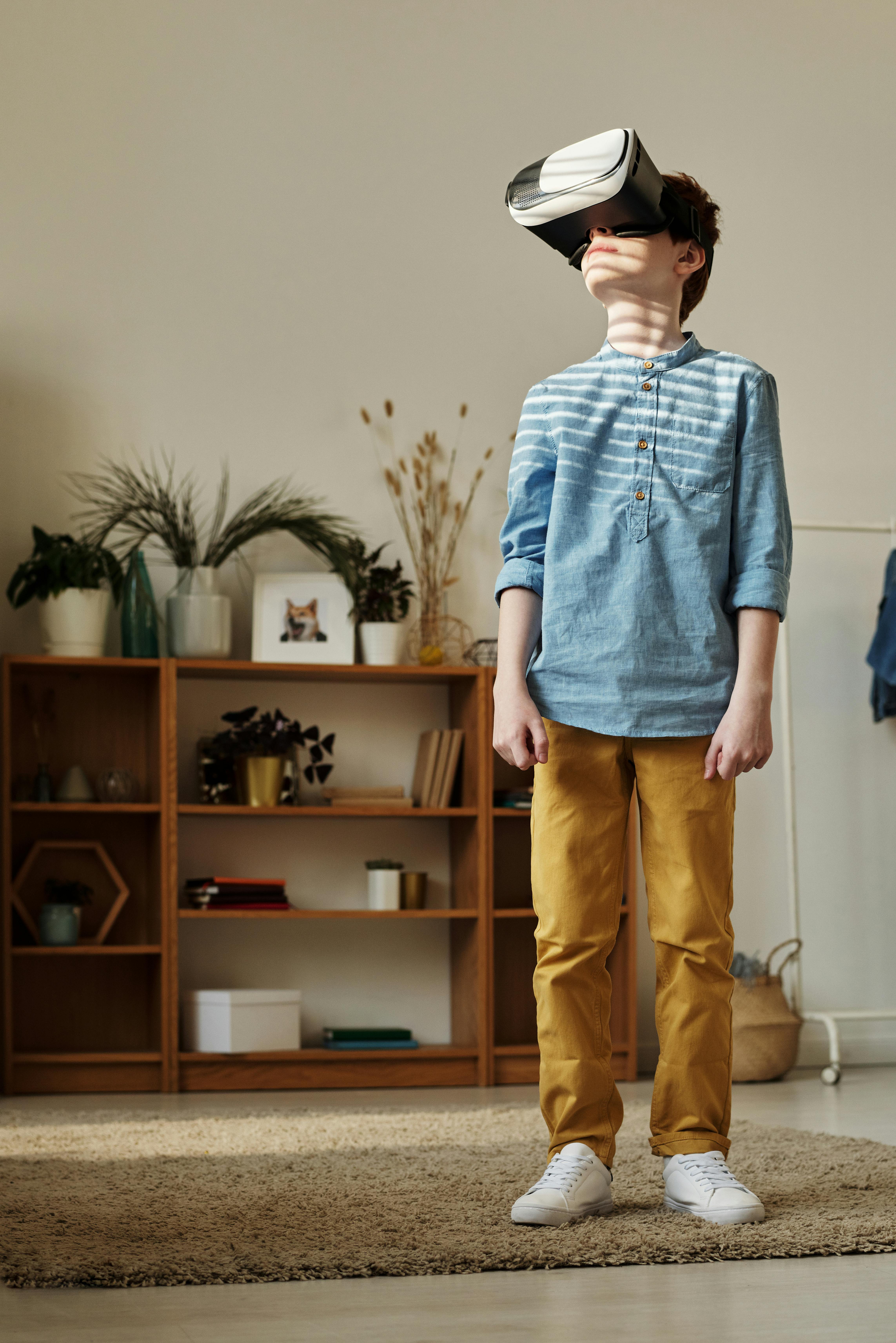
Are you one of those who prefer to sleep on their side, finding it incredibly comfortable? But do you often wake up with aching hips, feeling stiff and sore? Look no further, because in this article, we will guide you on how to alleviate that unwanted hip pain caused by side sleeping. We understand that a good night’s sleep is essential for your overall well-being, so we have compiled a list of practical tips and techniques that will have you waking up refreshed and pain-free, ready to conquer the day ahead. Say goodbye to those nagging hip pains and say hello to a rejuvenating night’s sleep!

Causes of Hip Pain from Side Sleeping
Pressure points
When you sleep on your side, the weight of your body is often concentrated on specific pressure points, such as your hips. This can lead to discomfort and even pain. The constant pressure on these areas can cause inflammation and irritate the surrounding tissues, resulting in hip pain.
Misalignment
Another common cause of hip pain from side sleeping is misalignment. If your body is not properly aligned while sleeping on your side, it can put undue stress on your hips. This misalignment can occur if your mattress is too soft or too firm, or if your pillow does not provide adequate support.
Arthritis
Arthritis, a condition characterized by joint inflammation, can also contribute to hip pain when sleeping on your side. The pressure exerted on the hip joint can worsen the symptoms of arthritis, causing pain and stiffness. If you suffer from arthritis, side sleeping may aggravate these symptoms and lead to more discomfort.
Bursitis
Bursitis is a condition that occurs when the bursae, small fluid-filled sacs that cushion the joints, become inflamed. Side sleeping can increase the likelihood of bursitis in the hips because of the sustained pressure on these joints. If you experience hip pain during side sleeping, bursitis may be a potential cause.
Muscle imbalances
Muscle imbalances can also contribute to hip pain from side sleeping. When certain muscles become weaker or tighter than others, it can affect the alignment and stability of your hips. This imbalance can lead to increased pressure and discomfort while sleeping on your side, resulting in hip pain.
Choosing the Right Mattress
Firmness level
To alleviate hip pain from side sleeping, it is essential to choose a mattress with the right firmness level. A mattress that is too soft may not provide enough support, leading to increased pressure on the hips. On the other hand, a mattress that is too firm can create excessive pressure points. Opt for a medium-firm mattress that offers a balance of comfort and support.
Support
In addition to firmness, the support provided by a mattress is crucial for relieving hip pain. Look for a mattress that evenly distributes your body weight and promotes proper spinal alignment. This will help reduce the pressure on your hips and provide adequate support during side sleeping.
Material selection
The type of mattress material can also influence hip pain. Memory foam mattresses are known for their ability to conform to your body’s shape, providing excellent support and reducing pressure points. Another option to consider is a gel-infused mattress, which can help regulate body temperature and prevent excess heat buildup, enhancing your comfort during side sleeping.
Consider gel-infused or memory foam
Gel-infused or memory foam mattresses are particularly beneficial for individuals experiencing hip pain from side sleeping. The adaptive properties of these materials can offer targeted support to the hips and alleviate pressure points. Additionally, the cushioning effect provided by gel-infused or memory foam can enhance overall comfort and promote better sleep quality.

Using a Pillow between the Knees
Aligning the hips
Using a pillow between your knees while side sleeping can help align your hips. This simple technique helps to keep your spine in a more neutral position, reducing strain on the hips and alleviating pain. By maintaining proper alignment, you can minimize the impact on your hip joints and promote a more restful sleep.
Reducing pressure
Placing a pillow between your knees can also help distribute weight more evenly and relieve pressure on the hips. This is particularly beneficial for individuals with wider hips or those who experience discomfort due to excessive pressure on specific areas. The pillow acts as a barrier, preventing the bones from pressing against each other and reducing the overall strain on your hips.
Maintaining neutral spine alignment
A pillow between the knees not only supports the hips but also helps maintain neutral spine alignment. While side sleeping, your spine should be straight, without any excessive curvature or twisting. By using a pillow between your knees, you can help achieve and maintain this proper alignment. This alignment is crucial for reducing hip pain and promoting a healthier sleep posture.
Positioning a Pillow under the Waist
Supporting the lower back
Positioning a pillow under your waist while side sleeping can provide extra support to your lower back. The pillow helps fill the gap between your waist and the mattress, providing stability and relieving stress on the hips. This additional support can help align the spine and alleviate any discomfort or pain in the hip area.
Stabilizing the hips
Using a pillow under the waist can also help stabilize the hips during side sleeping. This is especially beneficial for individuals with wider hips or those prone to hip instability. The pillow acts as a support system, preventing excessive movement and ensuring that your hips stay in a more neutral position. By stabilizing the hips, you can reduce the risk of unnecessary strain and promote better sleep quality.
Maintaining proper spinal alignment
Similar to the role of a pillow between the knees, positioning a pillow under the waist helps maintain proper spinal alignment. This alignment is vital for minimizing hip pain and improving overall comfort. By supporting the natural curvature of your lower back, the pillow under the waist helps keep your spine in a neutral position, relieving pressure on the hips and promoting healthier sleep posture.

Utilizing a Wedge Pillow
Elevating the upper body
Using a wedge pillow while side sleeping can help elevate the upper body slightly. This elevation can relieve pressure on the hips by shifting some of the body’s weight away from the hip joints. By raising the upper body, the wedge pillow reduces the load on the hips and promotes better alignment, reducing the risk of hip pain.
Reducing pressure on the hips
The inclined surface of a wedge pillow can also help reduce pressure on the hips. By redistributing body weight, the wedge pillow takes some of the pressure off the hips and allows for a more even distribution of weight across the body. This can provide relief from hip pain and improve overall comfort during side sleeping.
Improving circulation
The elevation provided by a wedge pillow can improve circulation, benefiting not only the hips but also other parts of the body. By raising the upper body, a wedge pillow helps facilitate blood flow and prevents fluid retention, reducing swelling and discomfort in the hips. Improved circulation can contribute to faster recovery from hip pain and promote better overall sleep quality.
Strengthening Hip Muscles
Hip exercises
Strengthening the muscles surrounding the hips can alleviate hip pain from side sleeping. Exercises targeting the hip muscles, such as hip abductions, hip extensions, and hip flexions, can help improve stability and support for the hip joints. Strengthening these muscles can reduce the strain on the hips during side sleeping and minimize the likelihood of pain.
Glute exercises
The glute muscles play a significant role in hip stability and support. Strengthening exercises for the glutes, such as squats, lunges, and hip thrusts, can enhance overall hip function and contribute to pain relief. By increasing the strength and endurance of the glutes, these exercises can help maintain better alignment and reduce the impact of side sleeping on the hips.
Core exercises
Strong core muscles are essential for maintaining proper posture and spine alignment. Engaging in core exercises, such as planks, bridges, and Russian twists, can improve the stability of your midsection and indirectly relieve strain on the hips. By strengthening your core, you can enhance spinal support and reduce the risk of hip pain while side sleeping.
Stretching routines
In addition to strength exercises, incorporating stretching routines into your daily routine can also benefit hip pain from side sleeping. Targeted stretches for the hip flexors, piriformis, hamstrings, and adductors can help reduce muscle tension and improve flexibility. By keeping these muscles loose and supple, you can decrease the strain on the hips and enhance your comfort during side sleeping.
Stretching Before Bed
Hip flexor stretches
Hip flexor stretches can be particularly helpful to relieve hip pain caused by side sleeping. Kneeling lunges, standing lunges, or butterfly stretches target the hip flexor muscles, which can become tight and contribute to discomfort. By stretching these muscles before bed, you can release tension and alleviate hip pain, enabling a more restful sleep.
Piriformis stretches
The piriformis muscle, located deep in the buttocks, can become tight and cause hip pain. Stretching the piriformis can help relieve this tension and reduce discomfort during side sleeping. Simple stretches such as the figure-four stretch or pigeon pose can target the piriformis muscle and alleviate hip pain, promoting better sleep.
Hamstring stretches
Tight hamstrings can also contribute to hip pain when sleeping on your side. Stretching these muscles before bed can help release tension and reduce the strain on the hips. Various hamstring stretches, such as standing forward bends or seated folds, can help improve flexibility and enhance comfort during side sleeping.
Adductor stretches
The adductor muscles, located on the inner thighs, can become tight and lead to hip pain. Stretching these muscles can help loosen them and alleviate discomfort. Adductor stretches, such as the butterfly stretch or side lunges, can target these muscles and promote better hip flexibility, enhancing your side sleeping experience.
Applying Heat or Cold Therapy
Heat therapy benefits
Applying heat to the affected hip can help relax muscles, increase blood flow, and reduce pain. Heat therapy, such as using a heating pad or taking warm baths, can soothe sore muscles and alleviate discomfort from side sleeping. It is essential to apply heat therapy for a recommended duration, typically around 15-20 minutes, to avoid any adverse effects.
Cold therapy benefits
Cold therapy, also known as cryotherapy, can help reduce inflammation and numb pain. Applying a cold pack or ice pack to the hip area can constrict blood vessels, reduce swelling, and offer temporary relief from side sleeping-induced hip pain. It is crucial to wrap the cold pack in a cloth to prevent direct skin contact and apply it for short periods, generally around 10-15 minutes.
Timing and duration
The timing and duration of heat or cold therapy are key to achieve optimal pain relief. Applying heat therapy before bed can help relax the muscles and prepare the body for sleep. Cold therapy can be beneficial after waking up, especially if you experience morning stiffness. It is essential to follow recommended time limits and avoid prolonged exposure to extreme temperatures to prevent skin damage or other adverse effects.
Maintaining Proper Sleep Positions
Avoiding excessive twisting
While side sleeping can be a comfortable position, excessive twisting of the hips can lead to pain and discomfort. To maintain proper sleep positions, avoid twisting your body excessively or crossing your legs tightly while sleeping on your side. These movements can strain the hip joints and increase the likelihood of hip pain. Aim to keep your body aligned and straight, with minimal twisting.
Avoiding extreme hip rotation
Extreme hip rotation during side sleeping can exacerbate hip pain. Instead, aim for a more neutral position where your hips are not excessively rotated forward or backward. By keeping your hips in a more natural alignment, you can reduce strain on the joints and decrease the risk of hip pain from side sleeping.
Experimenting with different positions
While side sleeping is generally considered beneficial for spinal alignment, it may not be suitable for everyone, especially those experiencing hip pain. If you continue to experience discomfort, it may be worth experimenting with different sleep positions. Trying to sleep on your back or using a combination of back and side sleeping can alleviate pressure on the hips and provide relief from hip pain.
Seeking Professional Help
Consulting a doctor
If you experience persistent hip pain from side sleeping, it is advisable to consult a healthcare professional, such as a doctor. They can evaluate your symptoms, perform necessary diagnostic tests, and provide expert advice on managing your hip pain. A doctor can help identify any underlying conditions causing the pain and recommend appropriate treatment options.
Visiting a physical therapist
A physical therapist can be a valuable resource in helping alleviate hip pain from side sleeping. They can assess your posture, movement patterns, and muscle imbalances, and develop a customized treatment plan. Through targeted exercises, stretches, and manual therapy techniques, a physical therapist can address the root causes of your hip pain and provide guidance on proper sleep positions and techniques.
Considering chiropractic care
Chiropractic care focuses on the alignment and manipulation of the musculoskeletal system to alleviate pain and improve overall health. A chiropractor can assess your spine and hip alignment, identify any misalignments or subluxations, and provide specific adjustments to improve joint function. Chiropractic care may offer relief from hip pain caused by side sleeping and help restore proper alignment and function in the hips and spine.
By understanding the causes of hip pain from side sleeping and implementing strategies to promote proper alignment, support, and muscle strength, you can alleviate hip pain, enhance sleep quality, and wake up feeling refreshed and pain-free. Remember to consult with healthcare professionals for personalized advice and guidance tailored to your specific needs and circumstances. Sweet dreams and a pain-free sleep await!





